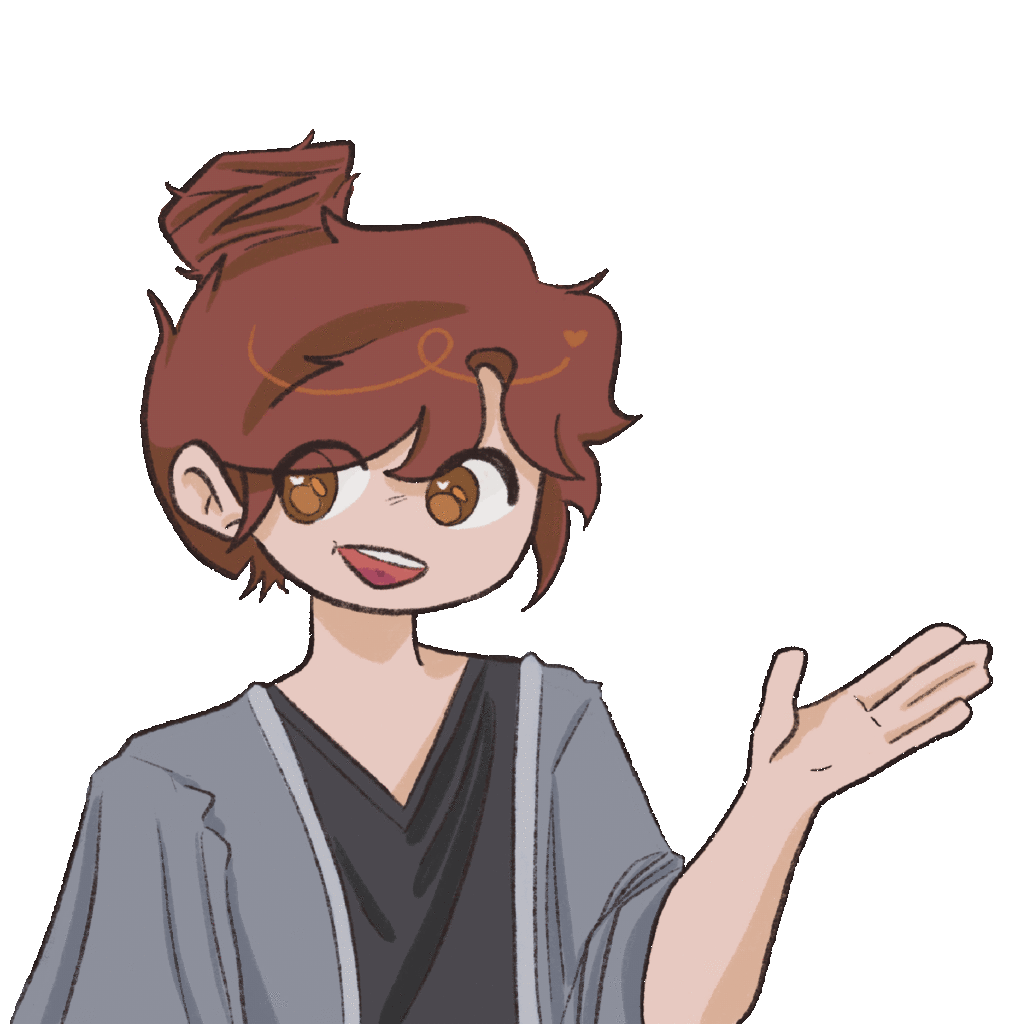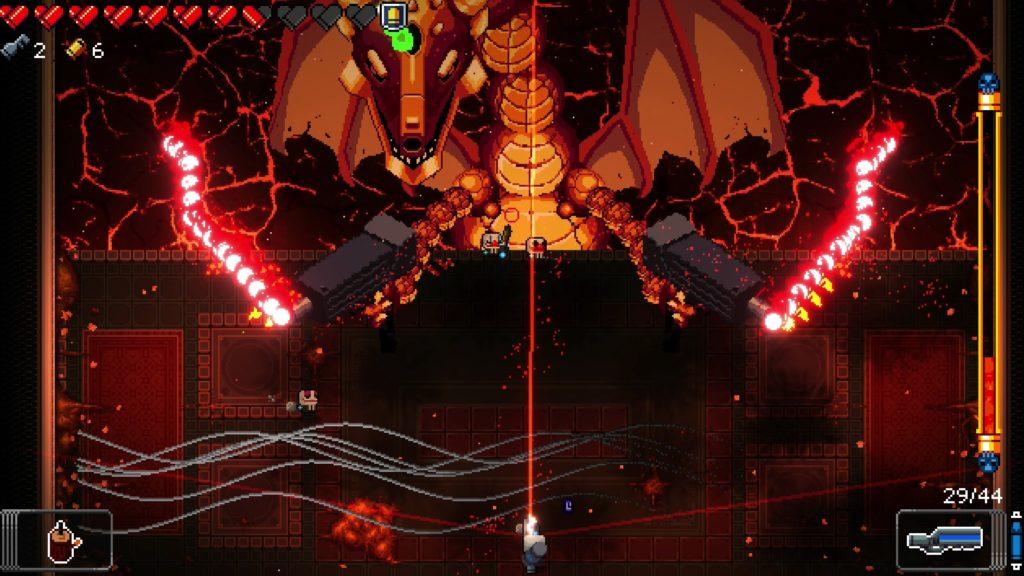For this week’s critical play I played Super Mario World by Nintendo Switch. This game was released on November 21st, 1990, and goes the official name of Super Mario World: Super Mario Bros 4 in Japan. The premise of this game is traveling through different maps on a world and to collect gold coins and ultimately save the Princess that was taken away by Bowser (the big bad villain). Along the way you have to fend off and evade opponents while going through tunnels and bright, fiery, and dark terrains. Its a two-dimensional game built in with power ups.
This game was made to be played on the Super NES — or Super Nintendo Entertainment System, and Gameboy Advanced. Being initially released solely on Nintendo devices, this played a major role in supporting the Nintendo business and growing their userbase for consoles across the board. I played this game on my MacBook using the archive emulator website. I do feel like this impacts the gameplay quite a bit. As someone who grew up playing New Super Mario Bros Wii, I do have a nostalgic connection to playing this on a Nintendo device. That being said, restricting the gameplay to nintendo devices (not other game consoles or laptops in a traditional setting) makes the game feel more special and unique when playing.
That being said, music is a major element throughout the Super Mario games. There’s a beat soundtrack that plays behind the scenes that really give you this energy and feeling of happiness, entertainment, and exploratory vibe. This music, though, changes throughout different parts of the game. In times where you might have to fight a stronger enemy or go in dark terrains, the music will change to a more sinister or anticipatory vibe, which is super important. Furthermore, there are sound effects for every little action. When you jump, when you power up, when you throw an item, when you use an item, when you kill someone, there’s all the– or when you pick up coins, when you complete a challenge. There’s all these little sound effects that really bring out and maximize the user engagement and invite the player to care a lot about the world.
Besides music, black screens are used to transport the user between different worlds. When you enter a mini-map or when you leave a challenge or when you go into different areas of the map, a black screen is usually shown to act as a transition. It helps to refocus your attention to the screen when there’s so many bright colors and lights and sounds happening throughout the game. When there is a moment of stagnation with the black screen, it really requires the user to then sit down and refocus their energy to the game at play.
This week’s ethical question is really interesting because I have never seen Super Mario Games as a game with characters or vibe that depicts a harmful or specific racial message. But in retrospect, after the section studying the racial mechanics of dungeons and dragons, I’m really interested in seeing how the bad guys or the enemies tend to be darker skinned in comparison to the main characters. Yoshi is a sidekick and he’s this bright green character that’s super full of life. But when you look at some of the turtles that we have to compete against, they tend to be brown to dark yellow turtles. Or the yellow fuzzy balls are these darker colors than the other yellow colors in the game. Or the dark purple turtles you’re rewarded for stomping on. I guess, now I’m curious to explore if having darker characters is something that’s done intentionally when it comes to vilifying certain characters in the game. I cannot say definitively if these mechanics are biologically based, nor could I make claims to their being cultural or social ties. But I do think having darker characters be the villains the player is rewarded for squashing could serve as loose ties to how the game developers understand communicating villainous personas to the mass public. Do I think the way it’s used in Super Mario World is very harmful/abrazive? No. This is partly because ALL the characters you come across when playing the game are depicted to be villains/obstacles to your goal. Because of this, I cannot confidently say there is a clear and intentional depiction of bad characters as a darker complexion to the good characters.
The following 4 images showcase some of the different “villains” you ]’ll come across in the game. Notice how their colors tend to be darker than 1) Mario 2) Yoshi and 3) other colors in the world:






